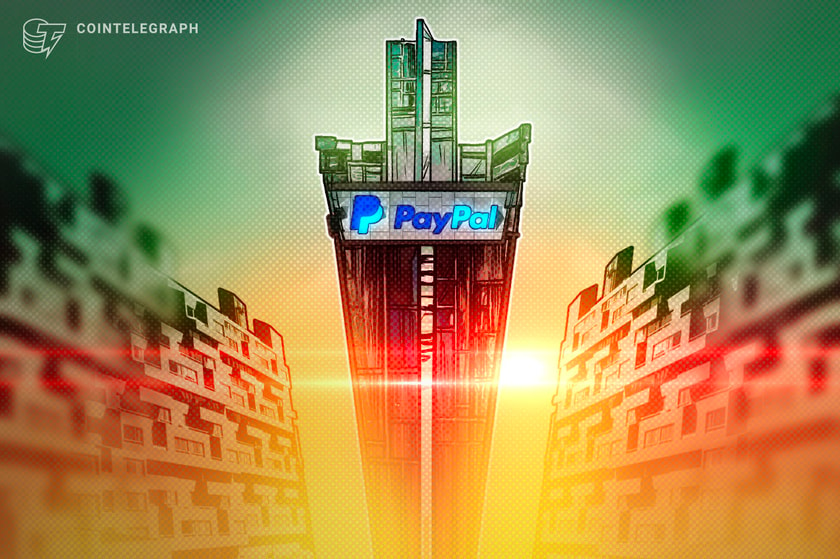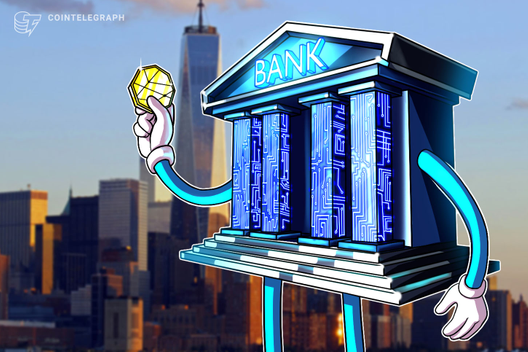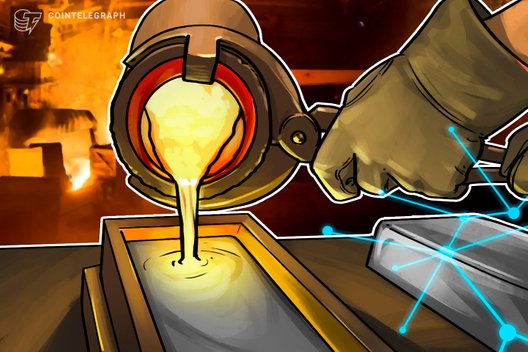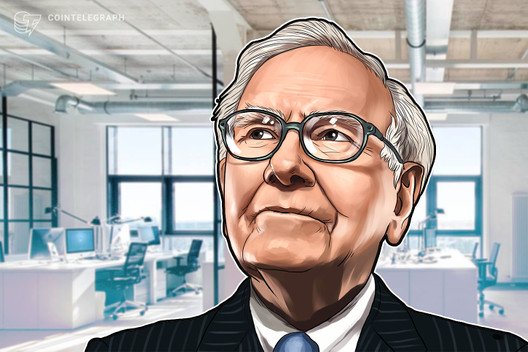Decentralized and centralized finance need to collaborate
Decentralized finance, or DeFi, has established itself as a force capable of disrupting traditional systems. While DeFi still mostly keeps opposing itself to traditional finance, the centralized operators are actively looking for ways to integrate into the established system. The institutional interest pushes both decentralized and centralized participants to ask questions about DeFi, its role and a possible collaboration with centralized finance, or CeFi.
Related: DeFi proved resilient during the March 2020 and May 2021 market crises
Of course, the situation isn’t uniform for both centralized and decentralized institutions, but the main generic concerns are the following: Can there even be a decent compromise? Are there benefits for DeFi in welcoming CeFi? Is DeFi capable of accommodating institutions? What should be the results of CeFi/DeFi cooperation to make the cooperation worthwhile?
Related: Decentralization vs. centralization: Where does the future lie? Experts answer
A compromise between DeFi and CeFi
The CeDeFi concept might seem far-fetched to some: How can something be centralized and decentralized at the same time? For institutions and DeFi alike, however, CeDeFi might exactly be the way to solve the problems of both systems.
The first thing to clarify is the intent of institutions. If the idea of centralized organizations getting closer to DeFi seems threatening, there’s one thing to keep in mind: CeFi institutions want to enter DeFi exactly because it’s decentralized. Banks, investment firms and hedge funds are interested in having a higher degree of autonomy. Sure, while profit increase might be a goal for some, CeFi is actually full of those who understand the truly revolutionary implications behind the technology. So, CeFi is more than happy to welcome DeFi’s values, if there would be a way to achieve (at least) three things: 1) full compliance, 2) secure and reliable performance and 3) deep liquidity.
Related: CeFi and DeFi will finally meet in 2021 — Let’s hope they hit it off
Benefits for DeFi in letting CeFi in
Institutions work with governments, large companies, research foundations, etc. They have an infrastructure that’s been impacting the lives of billions of people for hundreds of years. At the very least, cooperation with CeFi is an important step towards global adoption. Decentralized innovation doesn’t have to be confined to the limited number of first adopters. There are other benefits, such as:
- Preparing a favorable position for regulatory discussions. The market boom of 2021 predictably culminated in the highly increased interest of regulators. With DeFi handling a lot of capital (around $116 billion dollars in total value locked, or TVL), the need for a comprehensive legal framework is not just evident — it’s a pressing one. How DeFi performs now in terms of security, investor protection, secure custody and development of beneficial use cases will influence the regulatory stance and impact the next years (or decades) for DeFi. Institutions have a lot of regulatory experience: The cooperation of CeFi and DeFi, in fact, is a practical case for auditing existing DeFi infrastructure. Institutions can point out things that don’t sit well with legal requirements and help DeFi avoid making first-hand mistakes.
- Scaling DeFi infrastructure. It’s impressive that DeFi is now handling billions of dollars in such a short amount of time, but CeFi has been handing trillions for centuries. Institutions have mechanisms for working with large capital, whereas in DeFi, these methods are only emerging. DeFi is revolutionary in terms of tech, but CeFi is undoubtedly more experienced in responding to market and governmental pressures. These experiences and practices should be shared with the goal of improving both systems in the long run.
Related: FATF draft guidance targets DeFi with compliance
DeFi’s technical, financial and compliant challenges
In the outlined areas of compliance, reliability and liquidity, DeFi falls short. The absence of KYC and AML makes it impossible for financial institutions to assure the security of operations. Although some say that KYC and AML fail, it’s worth remembering that these mechanisms were built as a response to highly dangerous threats such as global money laundering, tax evasion and credit risks. Institutions can’t permit themselves to be engaged in non-verified operations, the risk is too high.
Another institutional challenge is the large scale. Large trading volumes require deep liquidity and reliable infrastructure. DeFi should offer redundant technology (so that if one module fails, another is there to pick it up), large liquidity pools, and secure means of transactions and custody.
Related: Blockchain will thrive once innovators and regulators work together
Results and terms of CeDeFi cooperation
DeFi should be the driver that initiates the collaboration. On a large scale, there are still a lot of aspects that institutional players do not understand about decentralization. CeDeFi cooperation should definitely be done on decentralized terms and with DeFi’s initiative.
- DeFi players should be set on adhering and protecting decentralization values as much as possible, as long as it’s fully compliant.
- DeFi teams should have the full authority to build technology according to the best design and development standards. No pressure from centralized players.
- The end goal is always global accessibility and reduction of gatekeepers. DeFi shouldn’t accept partnerships that would trade out these values.
Regardless of its size and experience, CeFi should choose the road of contributing, not interfering. Institutions can share experience, a legal network and established management practices. However, it’s important to respect DeFi’s ways of doing things. As soon as those yield compliance, security and liquidity for financial operations, institutions should not push for additional gatekeeping and centralization.
So, CeDeFi, a new financial system, should be built with these values in mind. DeFi leads, CeFi contributes — that’s the right order. It’s time that both systems work not against each other, but together and with the goal of improving global financial markets.
This article does not contain investment advice or recommendations. Every investment and trading move involves risk, and readers should conduct their own research when making a decision.
The views, thoughts and opinions expressed here are the author’s alone and do not necessarily reflect or represent the views and opinions of Cointelegraph.
James Taylor is the chief business development officer at Unizen, a smart exchange ecosystem. James is an established capital market expert with over 20 years of work experience. Before joining Unizen, James was global head of electronic foreign exchange sales at BNY Mellon and spent eight years at JP Morgan Chase in a variety of roles, his last held position was head of fixed income currency and commodity (FICC) market structure. He also worked at Deutsche Bank, Barclays Capital and Salomon Brothers.









